Cover Photo Source: Washington Post
This personal reflection could save you thousands of dollars or even make you rich
I’ve gone to a few conferences, one of which even cost me $10,000. With the high price point of such events, it’s hard not to question whether it’s worth it or not. That’s exactly what we’re going to tackle in this guide: which ones are worth it and which ones are not.
What makes a conference worth going to?
Is it worth your time and money? How can you know that before you even go?
Not all conference are for everybody. While most people who go to a Tony Robbins conference enjoy it, I’ve met others who bailed on the first and second day of the conference. So, the more expensive a conference, the more careful you have to be about finding the right match for you.
Before committing to attending a conference, ask yourself these 3 questions:
1. Am I in the right place in my life where I’ll be able to apply what I’ve learned?
What are your mindset and schedule like? The thing with conferences is that they equip you with tools you can use for after the event. A shiny golf club is useless if it’s not being used.
Conferences generally won’t tell you precisely what to do. It’s up to you to figure it out based on your situation. No one can change you but you. You’re going to have to put the work in. It’s like buying a gym membership. It does nothing for you unless you use it.
If your mindset is that it will change our life on the spot, you’re wrong and you shouldn’t go.
2. Am I going to have time to implement all the things that I’ve learned?
This is very important. When I attended Tony Robbin’s Business Mastery, I was juggling two startups full-time. In those two businesses, I was both the leader and the implementor. That didn’t leave me with much time to implement the relevant lessons I had learned during the event.
A rough estimate of the time you may need is about 5 hours per week for the next 2–3 months. This obviously depends on the type of event, but you always want to make sure to implement what you learn shortly after or you’ll forget the lessons.
3. Am I going to make my money back?
For business conferences, you have one goal: get the tools to generate more money. Your hope is that these tools will pay for themselves quickly and you’ll start generating more money after.
Self-help conferences are more ambiguous because there’s no tangible return on investment you can get. Instead, they can help you improve other areas of your life. Most of them will help you in at least one aspect of the Wheel of Life (more on that shortly).
How to determine if it’s worth going to?
I’ll show you one way to figure it out. I’m sure there are others, but this is a practical one I’ve used in the past:
Step 1: Fill out your current Wheel of Life
On a scale of 0 to 10, how satisfied are you with your life in each of these pillars?
(If some of these pillars are irrelevant to you, you can choose different ones)
Step 2: Fill out your ideal short-term and long-term Wheel of Life
Where do you want to be 3-6 months from now? How about 2-3 years from now? Fill out another Wheel of Life for these two periods.
A good rule of thumb is to try to increase the total points by about 1.5 per month at most. In 6 months, you can realistically increase by a total of 9 points.
Step 3: Scan and analyze the conferences activities and speaker profiles
For each of the talks and workshops, identify in which areas of the Wheel of Life it can help you with. As much as you can, try to figure out by how many points it will increase each area for you in the short and long terms.
Are those areas the same you wanted to improve in step 2 just above?
And going beyond that, most conferences allow you to have a chat with the speakers after. These speakers have a wealth of knowledge they probably didn’t have the time to share with you during the event. If you Google the speakers, chances are you’ll be able to see everything they do. Could they also help you in other areas of your ideal Wheel of Life if you spoke with them at the conference?
Another thing to look at is the extra stuff you get from attending the conference. Nowadays, most conferences give you access to private groups, give you a manual/guide, have follow-up webinars, and distribute partner freebies — which are oftentimes worth more than the admission price!
Step 4: Identify how much each increment of an area is worth for you
If you say you want to improve “health” by 3 points within 6 months, how much is 1 point increment in “health” worth to you? Is it $20? $50? $100? $200? $1,000?
Identify that for each area using a table like this one:
Step 5: Do some simple math to figure out if it’s worth your money
Now that you know your personal value of each point, it’s time to add up the total value you think you can get out of the conference. Let’s use the following example:
These numbers are not very high. Imagine how worthy it would be to double your finances for example!
Then I look at an event like the Montreal Personal Growth Summit, for example, and I identify how I can improve the following areas in the short-term (this is a personal reflection):
Career: 1 point
Finances: 1 point
Health: 1 point
Family and Friends: 0 point
Romance: 0 point
Personal Growth: 2 points
Fun and Recreation: 0 point
Physical Environment: 1 point
Total value of the event on the short-term for me:
Career: 1 x $100
Finances: 1 x $100
Health: 1 x $80
Personal Growth: 2 x $100
Physical Environment: 1 x $75
Total value = $555
In the long-term, I think I could get an extra point of value in Personal Growth and Career, increasing the long-term value by $200.
Step 6: Make sure the value you can get aligns with what you wanted to improve
If you compare steps 2 and 5, do they match? Does the conference you are evaluating improve the areas of value to you?
For example, in step 5 above, if I didn’t care for improvements in Finances and Health (in my ideal Wheel of Life), for example, the event really loses a value of $200 for me.
Step 7: Is the event worth it?
Assuming the value aligns in step 6, you can use this simple format to decide if it’s worth it or not:
[Value of event] - [Price of event] > 0?
If the value minus the price is above 0, that means you get more value than you pay for. You should go!
If the value minus the price is way below 0, don’t go. It’s not an event for you at the moment.
If the value minus the price is below 0, but close to it, it might still be worth it to go. The connections you make at these events can drastically improve their value. It’s hard to plan for meeting the right connections, but when it happens, it can completely change your life. That alone, to me, is worth a couple hundred bucks!
Conclusion
Attending the right conference could have a positive impact on any of the 8 pillars of the Wheel of Life. Sometimes the impact is so big that it literally changes your life. I’ve attended some of those. But I’ve also attended some that were a waste of time and money. I hope by reading this you’ll have a better idea of what’s a good conference to attend.
As you know, they’re expensive. But if you follow the 7 steps above, you should be able to tell if a conference is worth it for you. Here’s a brief summary:
Fill out your current Wheel of Life
Fill out your ideal short-term and long-term Wheel of Life
Scan and analyze the conference’s activities and speaker profiles
Identify how much each increment of an area is worth for you
Do some simple math to figure out if it’s worth your money
Make sure the value you can get aligns with what you wanted to improve
Is the event worth it?
When you find a conference that interests you, do the work to figure out if it’s for you. This can save you time and money, and maybe even make you rich!
You can do this!





